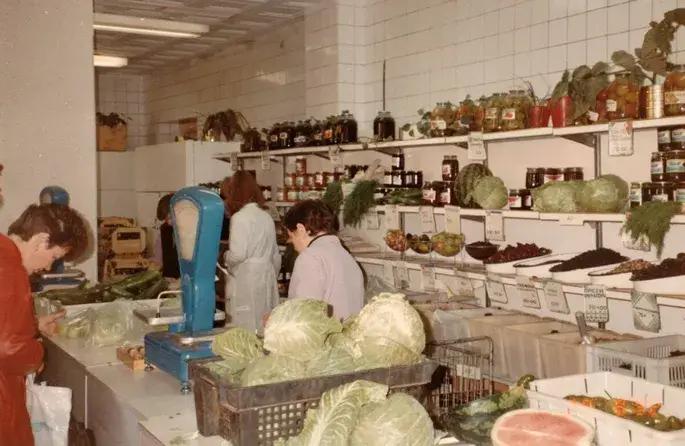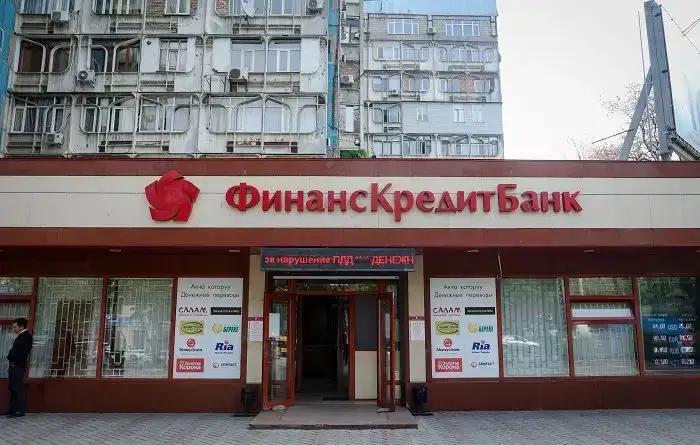
Published
10/17/2025, 13:54Despite rising incomes and stabilising prices, the purchasing power of Kyrgyz citizens for a range of goods still lags behind 1990 levels. This is evidenced by data from the National Statistical Committee.
In 2024, Kyrgyz citizens could afford 20.8 kilograms of beef, 215 litres of milk and 933 chicken eggs on their average monthly income. By comparison, in 1990, the average income could purchase 23 kilograms of beef, 336 litres of milk and more than 1,000 eggs.
In a number of categories, the situation has improved significantly compared to recent years. For example, between 2020 and 2024, purchasing power increased for potatoes from 241 to 371 kilograms, for vegetable oil from 59 to 87 litres, and for milk from 185 to 215 litres.
At the same time, in 2021, immediately after the pandemic, the situation looked much worse. At that time, Kyrgyz citizens could buy almost one kilogram less beef, fifty fewer eggs, 16 kilograms less sugar, 15 litres less vegetable oil and 31 kilograms less potatoes on their salaries (compared to 2020).
Thus, although the standard of living in Kyrgyzstan has risen significantly over the past five years, the indicators for meat, fish and bread are still lower than at the end of the Soviet period. In other words, we have not yet returned to the consumption levels of 1990.



